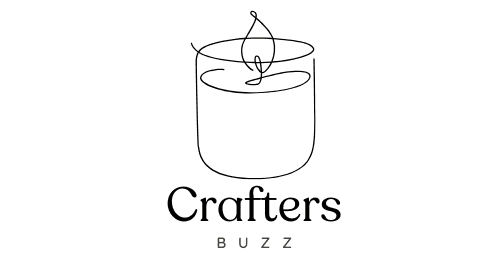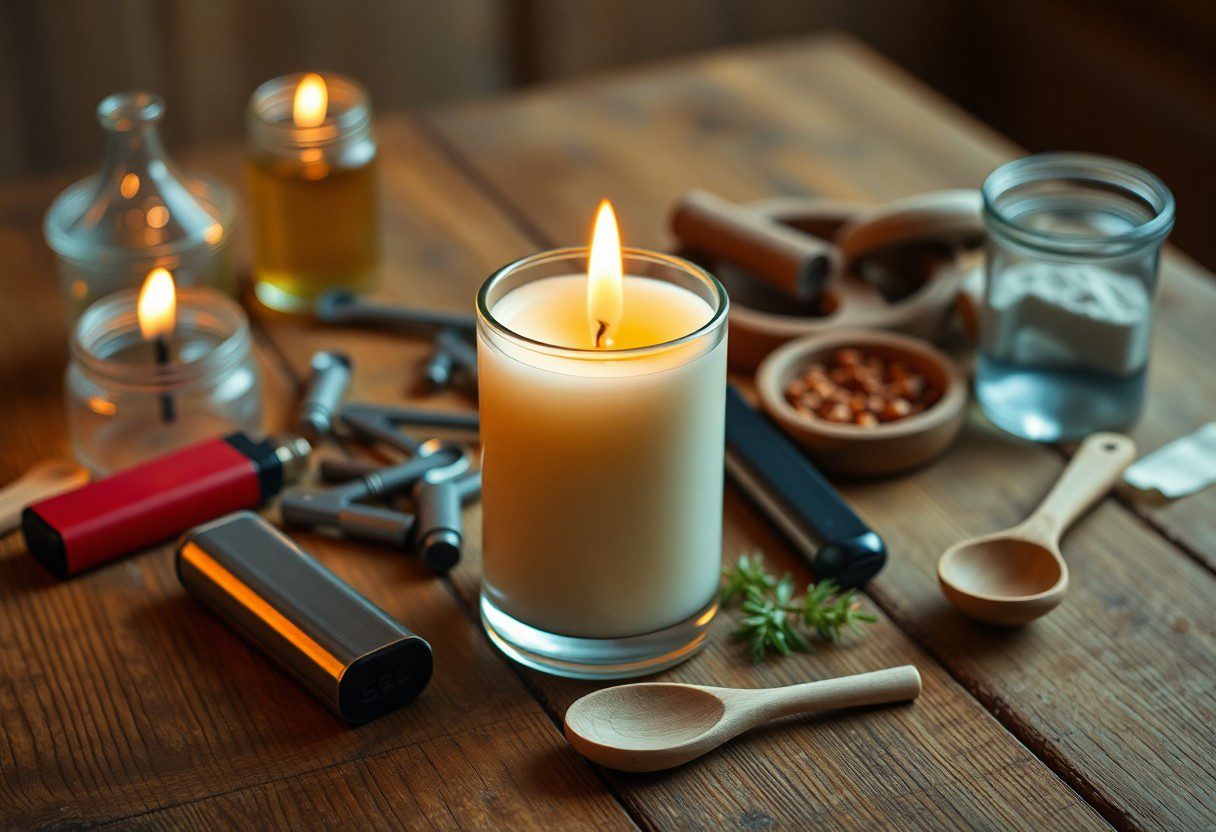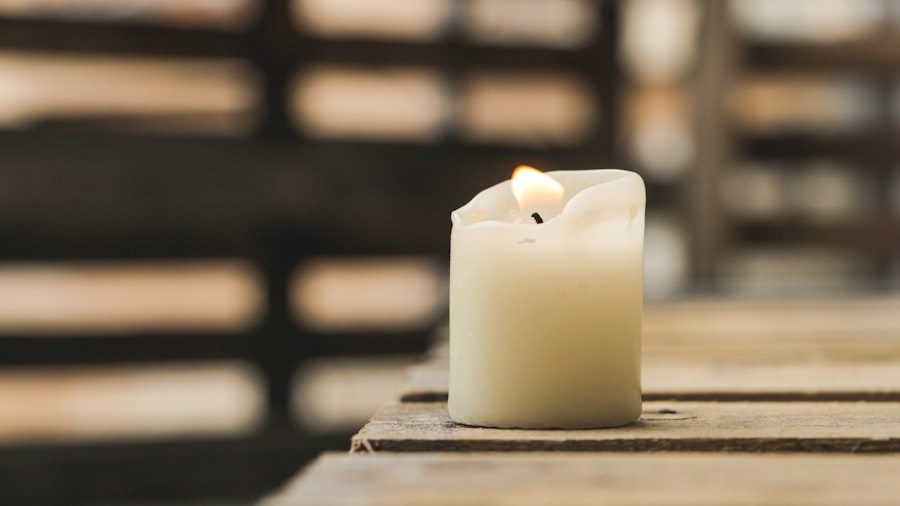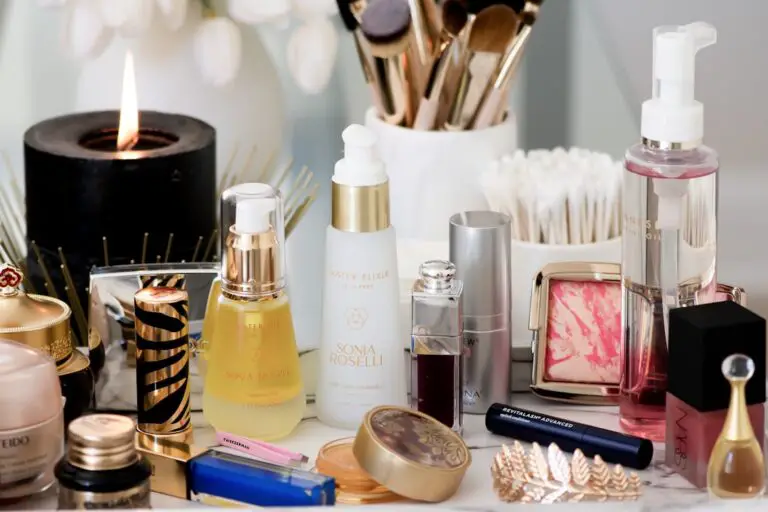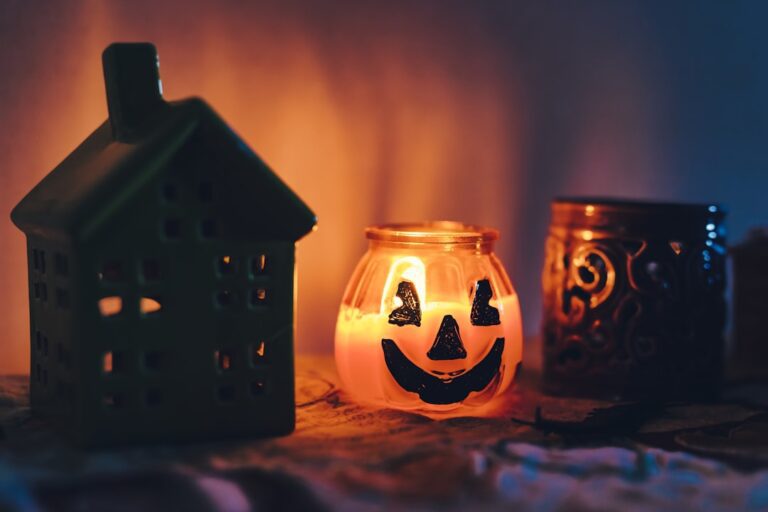How to ensure your candles burn cleanly without emitting harmful chemicals.
Candles have been a staple in homes for centuries, serving both functional and aesthetic purposes. However, many consumers are unaware of the potential harmful chemicals that can be released into the air when certain types of candles are burned. Traditional candles are often made from paraffin wax, a byproduct of petroleum refining.
When burned, paraffin candles can emit volatile organic compounds (VOCs), including toluene and benzene, which are known to contribute to indoor air pollution and can have adverse health effects. These compounds can irritate the respiratory system, exacerbate allergies, and even pose long-term health risks with prolonged exposure. In addition to the wax itself, the ingredients used in candle fragrances and dyes can also be problematic.
Synthetic fragrances often contain phthalates, which are chemicals linked to hormonal disruptions and other health issues. Moreover, some colored candles may contain heavy metals in their dyes, which can be released into the air when burned. Understanding these ingredients is crucial for consumers who wish to create a healthier indoor environment.
By being informed about what goes into their candles, individuals can make better choices that align with their health and wellness goals.
Key Takeaways
- Be aware of potential harmful chemicals in candle ingredients
- Choose natural and non-toxic materials for clean burning
- Trim wicks properly to maintain clean burning
- Select non-toxic fragrance options for safety
- Use proper ventilation to reduce indoor air pollution
Choosing natural and non-toxic candle materials
When selecting candles, opting for natural and non-toxic materials is essential for minimizing exposure to harmful chemicals. Beeswax and soy wax are two popular alternatives to paraffin that offer a cleaner burn. Beeswax candles are made from the natural wax produced by honeybees and are known for their ability to purify the air by releasing negative ions when burned.
This process can help neutralize pollutants and allergens in the environment, making beeswax an excellent choice for those concerned about indoor air quality. Soy wax, derived from soybeans, is another eco-friendly option that burns cleaner than paraffin. It is biodegradable and typically free from harmful additives.
When choosing soy candles, it is important to look for 100% soy wax or blends that do not contain paraffin or other synthetic materials. Additionally, coconut wax is gaining popularity as a sustainable candle material due to its clean-burning properties and ability to hold fragrance well. By selecting candles made from these natural materials, consumers can enjoy the ambiance of candlelight without compromising their health.
Proper wick trimming and maintenance for clean burning
Wick maintenance plays a crucial role in ensuring that candles burn cleanly and efficiently. A wick that is too long can lead to excessive soot production, which not only diminishes the aesthetic appeal of the candle but also contributes to indoor air pollution. Ideally, wicks should be trimmed to about 1/4 inch before each use.
This length allows for a steady flame that burns evenly while minimizing soot and smoke. Regular trimming also helps prevent the wick from mushrooming, a phenomenon where the wick develops a carbon buildup that can further exacerbate soot production. In addition to trimming, it is important to monitor the burn time of candles.
Most candles have a recommended burn time that should be adhered to in order to maintain optimal performance. Burning a candle for too long can cause the wick to become too hot, leading to an uneven burn and increased soot production. To ensure a clean burn, it is advisable to extinguish candles after they have burned for four hours at a time.
Allowing the candle to cool completely before relighting it can also help maintain wick integrity and promote a more efficient burn.
Selecting fragrance options that are non-toxic and safe
Fragrance is one of the most appealing aspects of candles, but it is essential to choose options that are non-toxic and safe for indoor use. Many commercial candles use synthetic fragrances that can release harmful chemicals into the air when burned. Instead, consumers should look for candles scented with essential oils or natural fragrance oils derived from plant sources.
Essential oils not only provide delightful aromas but also offer potential therapeutic benefits, such as relaxation or stress relief. When selecting scented candles, it is important to read labels carefully. Look for products that explicitly state they are free from phthalates and other harmful additives.
Some brands even provide transparency about their fragrance ingredients, allowing consumers to make informed choices. Additionally, unscented candles made from natural materials can be an excellent option for those who prefer a more subtle ambiance without the potential risks associated with synthetic fragrances.
Using proper ventilation to reduce indoor air pollution
Even with the best candle materials and practices, burning candles can still contribute to indoor air pollution if proper ventilation is not maintained. Ensuring adequate airflow in a room where candles are burned can help dissipate any potentially harmful emissions and improve overall air quality. Opening windows or using exhaust fans can facilitate this process, allowing fresh air to circulate while reducing the concentration of pollutants.
In addition to natural ventilation methods, air purifiers equipped with HEPA filters can be beneficial in homes where candles are frequently used. These devices can capture particulate matter and VOCs released during burning, further enhancing indoor air quality. It is also advisable to avoid burning candles in small, enclosed spaces without proper airflow, as this can lead to an accumulation of soot and other harmful substances.
Monitoring burn time and extinguishing candles safely
Monitoring burn time is crucial not only for maintaining candle quality but also for ensuring safety during use. Candles should never be left unattended while burning, as this poses a fire hazard. It is essential to follow manufacturer guidelines regarding burn times; typically, it is recommended not to burn a candle for more than four hours at a time.
This practice helps prevent overheating and reduces the risk of accidents. When it comes time to extinguish a candle, doing so safely is paramount. The most effective method is to use a candle snuffer, which allows for a controlled extinguishing process without creating smoke or splattering wax.
If a snuffer is not available, gently blowing out the flame can also work; however, care should be taken to avoid blowing wax droplets onto nearby surfaces. After extinguishing the candle, it is advisable to re-center the wick if it has shifted during burning, ensuring an even burn for future use.
Proper storage and disposal of used candles
Proper storage of unused candles is essential for maintaining their quality over time. Candles should be kept in a cool, dry place away from direct sunlight, as exposure to heat and light can cause fading or warping of the wax. Additionally, storing candles in airtight containers can help preserve their fragrance and prevent dust accumulation.
When it comes to disposing of used candles, there are eco-friendly options available that minimize waste. Many candle containers can be repurposed or recycled after cleaning out any residual wax. For example, glass jars can be transformed into storage containers or decorative pieces around the home.
If the wax is too difficult to remove from containers, consider using a double boiler method to melt down leftover wax for reuse in new candle-making projects or as fire starters for outdoor activities.
Seeking out third-party certifications for clean burning candles
As consumers become more conscious of their health and environmental impact, seeking out third-party certifications for clean-burning candles has become increasingly important. Certifications such as ASTM (American Society for Testing and Materials) standards or those from organizations like Green Seal indicate that products have undergone rigorous testing for safety and environmental impact. These certifications provide assurance that the candles meet specific criteria regarding emissions and overall quality.
Additionally, some brands may carry certifications related to sustainability practices or ethical sourcing of materials. For instance, candles made from sustainably harvested palm wax may carry certifications from organizations like the Roundtable on Sustainable Palm Oil (RSPO). By choosing candles with these certifications, consumers can support brands committed to transparency and responsible manufacturing practices while enjoying their favorite scents without compromising their health or the environment.
If you are interested in learning more about the different types of candles and their history, you may want to check out the article on beeswax vs tallow candle types in history. This article delves into the origins and uses of these two popular candle materials, providing valuable insights for those looking to make informed choices when it comes to candle burning.
FAQs
What are harmful chemicals emitted by candles?
Candles can emit harmful chemicals such as volatile organic compounds (VOCs), lead, and soot when burned. These chemicals can contribute to indoor air pollution and have potential health effects.
How can I ensure my candles burn cleanly?
To ensure your candles burn cleanly, choose candles made from natural waxes such as soy, beeswax, or coconut wax. Trim the wick to 1/4 inch before each use, and avoid burning candles for extended periods of time.
Are there any specific ingredients I should avoid in candles?
Avoid candles made from paraffin wax, as they can emit harmful chemicals when burned. Additionally, look for candles that are free from synthetic fragrances and dyes, as these can also contribute to indoor air pollution.
How can I reduce soot when burning candles?
To reduce soot when burning candles, ensure that the wick is trimmed to 1/4 inch before each use. Additionally, place the candle away from drafts and avoid burning it for extended periods of time.
Are there any regulations for candle emissions?
In the United States, the Consumer Product Safety Commission (CPSC) regulates the safety of candles, including their emissions. However, it’s important to be mindful of the ingredients in the candles you choose and their potential impact on indoor air quality.
